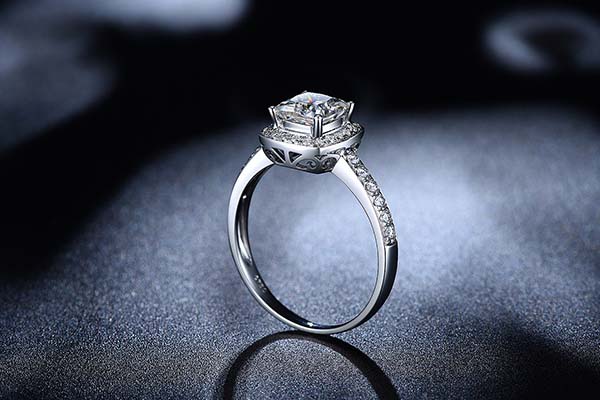Moissanite, often referred to as Moissanite diamonds, has gained popularity as a diamond alternative in recent years. However, there are several misconceptions about Moissanite that need clarification. In this article, we’ll address five common misunderstandings about Moissanite and shed light on its true nature.
Misconception 1: Moissanite is a Type of Diamond
One prevalent misconception is that Moissanite is just another type of diamond. This is not accurate. While Moissanite can be used as a diamond substitute, it is not a diamond itself. Diamonds are composed almost entirely of carbon, while Moissanite is made of silicon carbide. Although Moissanite and diamonds share similar optical properties, their chemical compositions are distinct.
Misconception 2: Moissanite is Cubic Zirconia
Cubic zirconia is indeed another diamond substitute, but Moissanite and cubic zirconia are two different entities. Due to its lower hardness, cubic zirconia tends to scratch and lose its luster over time. This explains why those wearing cubic zirconia jewelry often need to replace it frequently. Moissanite, on the other hand, ranks just below diamonds in terms of hardness and boasts greater durability.
Misconception 3: Moissanite is Fake
Many individuals mistakenly believe that Moissanite is a synthetic gemstone, implying that it is fake. This perception is incorrect. Moissanite is naturally occurring silicon carbide found in the Earth’s crust.
While natural Moissanite is rarer than diamonds due to its lower abundance in nature, it is more valuable than diamonds. Modern wholesale Moissanite jewellery is often lab-grown, but its authenticity is rooted in its natural origin rather than its artificial nature.
Misconception 4: Moissanite is Expensive
Determining whether Moissanite is expensive requires context. The price of Moissanite and diamonds varies based on factors such as carat weight, color, clarity, and cut. Comparing prices for diamonds and Moissanite with equivalent characteristics will reveal their differences.
Misconception 5: Poor Quality of Moissanite
The assumption that Moissanite has inferior quality is also misguided. As mentioned earlier, Moissanite’s hardness is second only to diamonds, and its quality often ranges from Very Very Slightly Included (VVS) to Very Slightly Included (VS2). When compared to colorless diamonds, colorless Moissanite offers excellent value. Additionally, Moissanite exhibits better fire (dispersion of light into colorful flashes) than diamonds.
Conclusion:
Understanding the true nature of Moissanite is essential when buy these stome from moissanite manufacturer in china. Moissanite is not a type of diamond, nor is it synonymous with cubic zirconia. It is a naturally occurring gemstone with distinct qualities that make it an attractive alternative to diamonds. Knowing these five misconceptions about Moissanite will enable consumers to make informed choices when considering this stunning gemstone for their jewelry collection.
